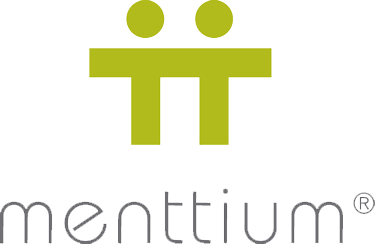19 May 6 Ways to Improve Your Executive Presence
Executive Presence – you know it when you see it. That’s often what people say when they try to describe executive presence. They have a picture in their mind of certain people with strong executive presence and also of those who don’t have it.
Improving executive presence is one of the top development areas for emerging leaders. There is desire for more influence, confidence and inclusion in executive level planning and decision-making.
The decision to improve your executive presence might come to you in the form of feedback or personal awareness. Perhaps you want to have more influence or be part of the strategic planning process. Maybe you recognize that you need to be more polished and personal in your communications. Sometimes there is a blind spot and we thankfully get feedback on it.
What is Executive Presence and how can you improve it?
- Authenticity and Connection: Be authentic and make real connections with others. Listen with intent, be approachable, personable and vulnerable. When you walk into the room (real or virtual), say hello, have energy, make a connection. Don’t head straight for your chair and wait for the meeting to start.
- Strategic vs. tactical: Focus on the big picture vs. detail – assess your data and find connections to the bigger picture, draw conclusions about how it can benefit your customer/audience. Consider the goals, problems, opportunities that have long-term benefits and are related to company strategies. Tactical is getting things done. Strategic is getting the right things done.
- Tailor communication to your audience: You need clear and concise communication that is appropriate for the person or group you are speaking with. Up, across and down communications will look different and have different levels of detail. Stay out of the weeds unless you’re sure that is the appropriate level of detail for your audience. However, no matter your audience, summarize and be succinct. You can always go into details when the question comes up or the time is right. If people want to know more, they will ask!
- Translate vs. teach: You don’t need to share all the details (but be prepared to answer questions). Focus on translating information for your audience at a level that provides meaning for them.
- Physical appearance: Appearance matters, but so does authenticity. Consider your audience AND be yourself. And remember, no matter how polished you are on the outside, your thinking, speaking and relationships are going to shine through. For more on body language, read How to Develop And Master Executive Presence (Forbes.com).
For more on Executive Presence – Listen to our Podcast with James Prince.

James Prince, Director of Customer Success Strategy and Strategic Client Experience at ADP


